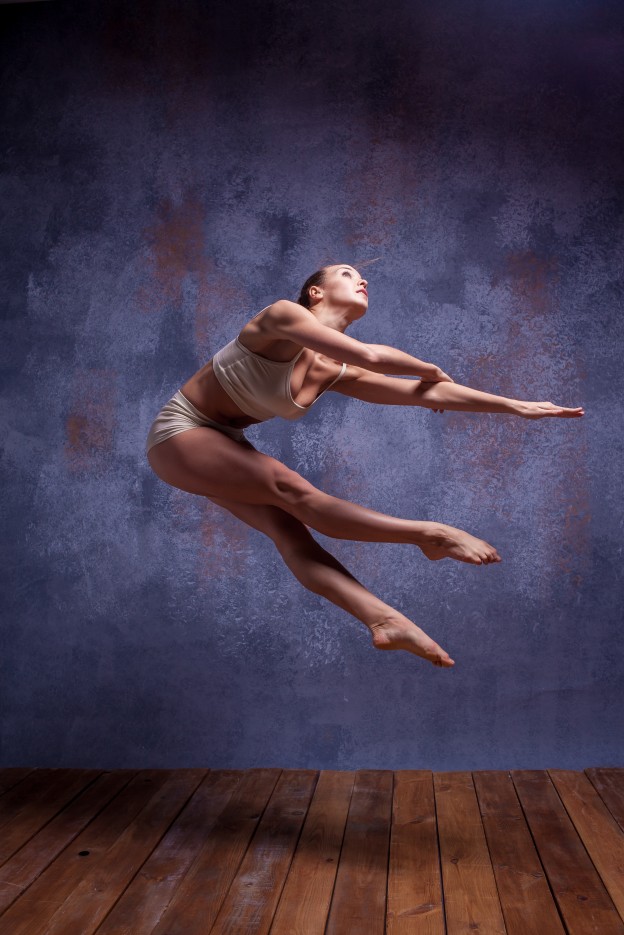The first part of my DYCP activity kicked off with learning about the Cunningham dance style from Rosie Price at the Kings’ International Ballet Academy. And quite a shock to the system it was! After 15 years of being a ballet musician and tailoring my music to fit the dynamics of the steps, the Cunningham aesthetics challenged most of what I knew about music for dance:
…”counting is an aid toward freedom, rather than a discipline towards mechanization. A use of time-structure also frees the music into space, making the connection between the dance and the music one of individual autonomy connected at structural points. The result is the dance is free to act as it chooses, as is the music. The music doesn’t have to work itself to death to underline the dance, or the dance create havoc in trying to be as flashy as the music.” Merce Cunningham (Space, Time and Dance - Trans/Formations 1, pp. 150-151, Wittenborn & Co, 1952)
Yes, Merce is giving dance musicians a carte blanche. No pre-conceptions for mood or dance dynamics needed, only some co-incidence of tempo and counts. Dancers were challenged to jump, create sharp accents or fluid movements often without the aid of musical support - a polar opposite to the relationship between movement and music in ballet.
I have spent some time over the years collating ideas that dancers and dance teachers have about what they consider to be suitable music for contemporary dance class. These range included:
- something totally different to what you hear in ballet class
- NO tunes
- some tunes are OK
- I don’t want to feel like I’m doing ballet.
As a musician, this used to stump me. Being at Kings, I made more progress in simply by learning about the Cunningham aesthetic itself and not worrying about the genre of music used. According to Cunningham, ANY genre of music was fair game and therefore usable – but every dancer / teacher / choreographer will have their personal preferences. In Merce’s own words: “I don’t care what you play as long as the rhythm and phrase …is clear”
My 2022 New Year’s resolution is to spend 20 mins every Monday watching a video from this very useful series “Mondays With Merce”. Video #5: Company Class has helpful takeaways to dispel myths about what music is suitable for Cunningham class and we get to hear from both Merce Cunningham himself as well as Pat Richter, his long-time pianist.
For those who are interested there are some enlightening articles about Cunningham Technique on Merce Cunningham Trust website.

